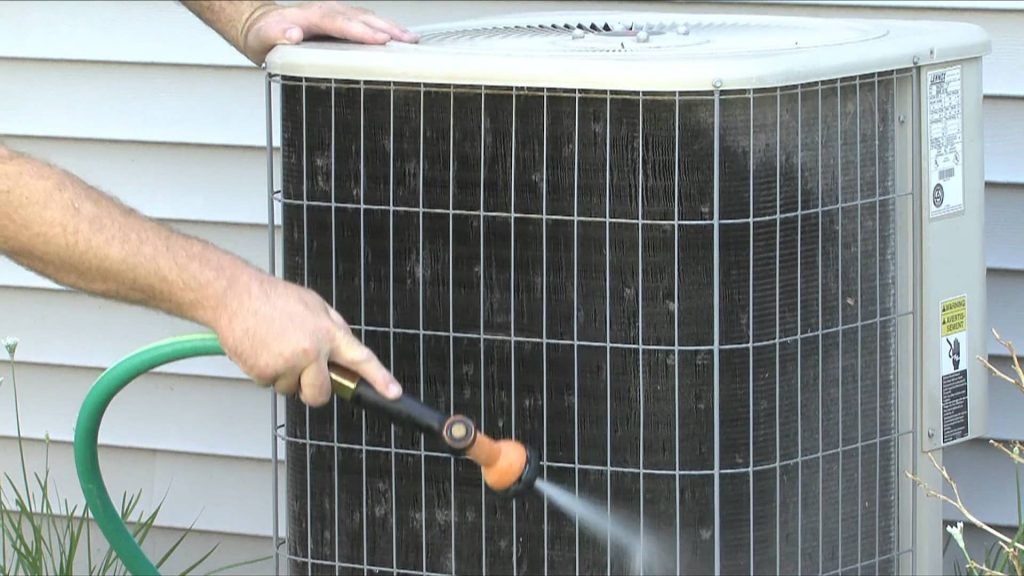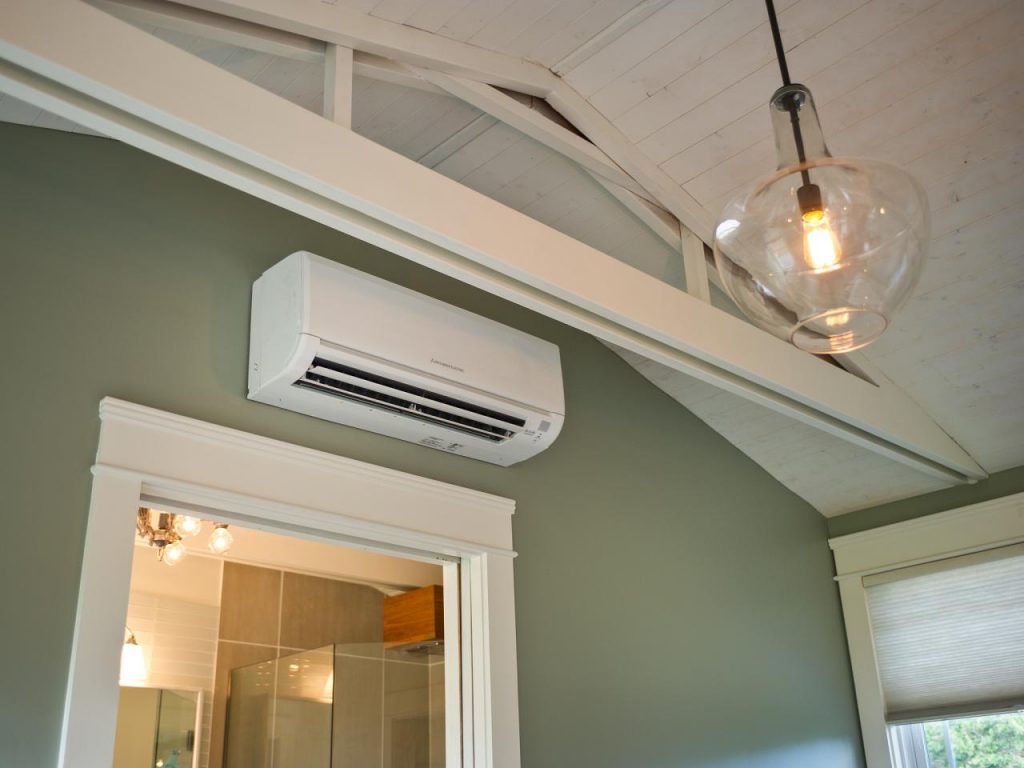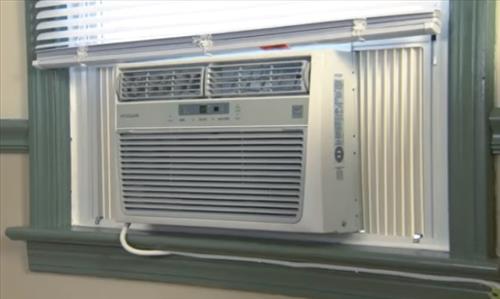Summer is almost here. That means your house will be heating up in a moment. However, just the thought of having an HVAC contractor install a new air conditioner is enough to make you feel exhausted. So, how do you tell which AC system to purchase? And what are some of its effects on your energy bills? What do you do when your apartment building doesn’t allow window units? Don’t fret out: we have done all the research for you.
Generally speaking, the key to comfort and more savings are choosing the unit that best fits your space. If you have an air conditioner that isn’t powerful enough, it will not efficiently cool your home and could result in inflating your power bill. With one that is too powerful, it will work too fast and even shuts off before much of the humidity has been eliminated, which leaves your home cool but clammy. Furthermore, all that cycling on and off could exert stress on the equipment and even reduce its life span.
Another crucial factor is energy efficiency. The energy efficiency ratio, or EER, is generally a measure of the effectiveness of the operation of a cooling system if the temperature outside is at 95 degrees. Check out for an air conditioner that has an Energy Star Label, which indicates that it’s more efficient than what government standards demand. Don’t forget that regardless of how efficient your air conditioner is, you’ll not receive the most of your investment – or be as comfortable as you might want to – when your place is not correctly sealed and insulated.
Taking all that into consideration, here are a few guidelines to assist you in finding the best air conditioner for your place.
CENTRAL AIR
Throughout the United States, the most common type of cooling system is the central air conditioning. Based on the information provided by the United States Energy Information Administration, more than 75% of homes that have a cooling system use central air.
However, one of the biggest outliers is in New York City. The main reason being that its building stock is much older compared to a majority of major American cities since around three-quarters of the buildings were constructed before 1960 – and this was way before central air-condition increased its popularity. Retrofitting these older properties with central air implies the installation of a fan-and-coil system inside, a condenser outside the building, and ducts that distribute the cooled air evenly. Well, this is not cheap, and it demands space, which is an unavailable resource in most New York City apartments.
Even when you are ready to give up a closet to fit in a central air system in your prewar building, your apartment might not allow you to install a condenser on the roof. Besides, retrofitting a property constructed without ductwork might be prohibitively costly. If you’re in the best-case scenario – and you do not need to run a pipe via your neighbor’s kitchen ceiling to reach your compressor – replacing or installing a whole-house system could cost you, averagely, from 2,650 to even a staggering $15,0000, depending on TrustedPros.ca, which is a site that monitors home improvement costs.
Another factor: Since most central air systems don’t have room-by-room control when you want to cool your bedroom while you’re asleep, you will need to cool the rest of your house as well. Still, since the ducts and mechanical parts are built-in, and expertly hidden within the attic, floors, or walls, central air is undoubtedly the most discreet option.
In case you decide it is right for you, take a look at the Consumer Reports Central Air Buying Guide brand’s reliability. Also, make sure to check out the system’s Seasonal Energy Efficiency Ratio, or SEER. It measures how efficiently your air-conditioner functions over an entire season (just like with energy efficiency ratio, higher numbers mean better efficiency).
Find a professional installer who can work with you on a meticulous plan for where to position the ductwork, and also ensure that you insulate that ductwork. What’s more, you should consider a budget for routine visits by an expert to clean the coils, change the filter, and perform other maintenance duties to make sure that the system is functioning as supposed.
Bottom line: For those who have space for the ductwork, then central air is a design-friendly, convenient, and quiet way to cool your place.
DUCTLESS MIN-SPLIT AIR-CONDITIONER
When central air is not a viable option, then a ductless mini-split system might be your best bet. These systems are mounted on a wall and often operated by remote control. They still need an outdoor compressor; however, there’s no tedious ductwork involved. Typically, the refrigerant is circulated via tubing that connects the outdoor and indoor units.
Ductless mini-split systems are not that discreet compared to central air. However, they’re highly efficient since all units can be controlled separately. What’s more, these systems can offer heat. Typically, the outfitting cost of a 2,000-square-foot house ranges from around $1,800 to $7,000. Based on TrustedPros.ca, the cost will increase depending on the wall units you want. As with central air, you’ll require a professional installer and should consider an annual maintenance check in your budget.
WINDOW UNITS
Window units are one of the most popular choices for cooling individual rooms since they’re easy to install and affordable. According to Lowe’s, for a small unit made to cool a 150 sq ft room, the starting prices vary from $129 and $599 for a relatively larger unit made to cool a 1,600 sq ft space.
To determine what size you require, measure the space you need to cool, and then calculate the total square footage. At Energystar.gov, you can check out the recommended cooling capacity for your room (this is measured in BTUs, or British thermal units, per hour).
Ensure that you consider sun exposure as well as the application of the room. For example, if space is heavily shaded, the Energy Star Chart advises decreasing capacity by 10%. In case more than two individuals usually occupy the home, add 600 BTUs for each extra person. If it’s in the kitchen, increase the capacity by 4,000 BTUs.



